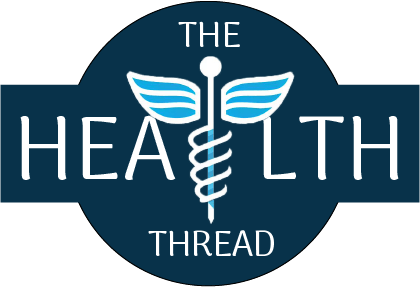Preventative care for specific populations
Preventative care is an essential part of maintaining good health. Different populations may require specific preventative care measures to address their unique health needs. Some examples of preventative care for specific populations include:
1. Women’s health: Women require unique preventative care measures due to their reproductive health needs. Some examples of preventative care for women include regular Pap tests to screen for cervical cancer, mammograms to screen for breast cancer, and prenatal care during pregnancy.
2. Senior health: Older adults may require preventative care measures to address age-related health concerns. Some examples of preventative care for seniors include regular screenings for conditions such as osteoporosis, colorectal cancer, and hearing loss, as well as vaccinations for conditions such as pneumonia and influenza.
3. Children’s health: Children require preventative care measures to address their physical and developmental health needs. Some examples of preventative care for children include regular check-ups with their pediatrician, immunizations to prevent infectious diseases, and developmental screenings to ensure that children are meeting key developmental milestones.
4. LGBTQ+ health: Members of the LGBTQ+ community may require specific preventative care measures to address their unique health needs. Some examples of preventative care for LGBTQ+ individuals include screenings for sexually transmitted infections, hormone therapy for transgender individuals, and mental health screenings to address issues related to discrimination and stigmatization.
5. Rural health: Individuals living in rural areas may face unique challenges when it comes to accessing preventative care. Some examples of preventative care for individuals in rural areas include telehealth services to connect patients with healthcare providers, community health clinics, and mobile healthcare units.
6. Overall, preventative care is an important aspect of managing and preventing disease. By targeting specific populations with tailored preventative care measures, healthcare providers can help individuals stay healthy and prevent the development of serious health conditions.


